Help Preserve the Lake George Region When Hiking By Leaving No Trace
Get a Rundown of the 7 Principles of Leave No Trace
Have you heard of the seven principles of Leave No Trace? If you're hiking in the Lake George area, Adirondacks, or are essentially recreating anywhere outdoors, you should be aware of how to properly "leave no trace."
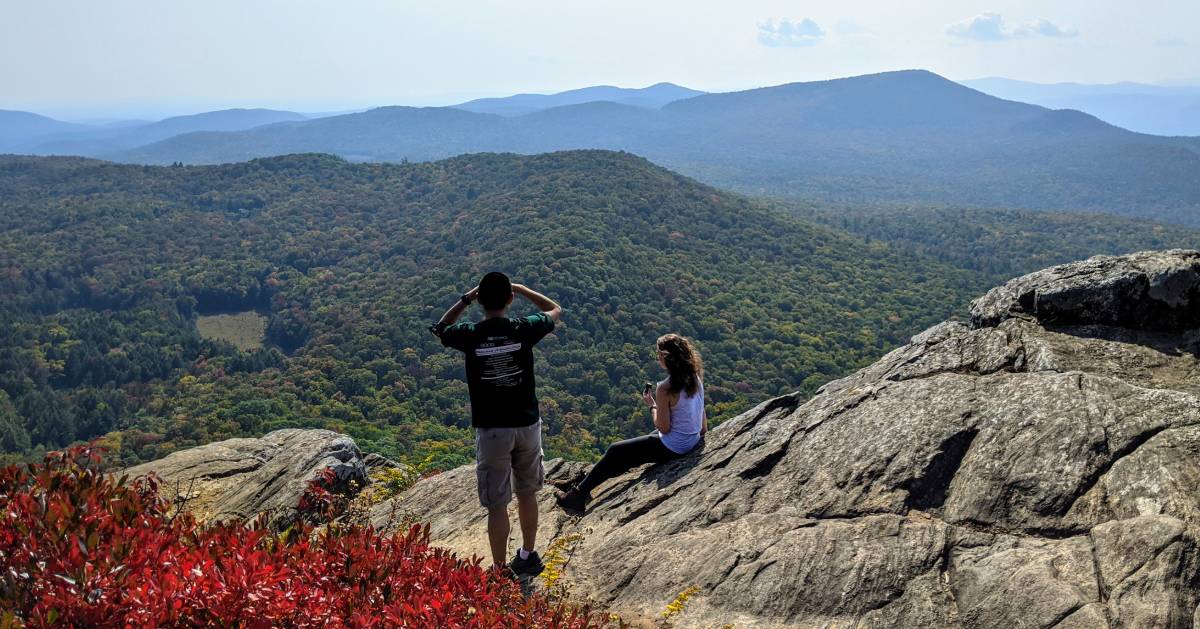
The seven principles of Leave No Trace inform hikers and other outdoor enthusiasts on how to best leave the region the way you found it, with minimal impact on the land and wildlife.
The seven principles are:

1) Plan Ahead & Prepare
The first step to leaving no trace is proper planning and preparation. Poor planning can result in damage to natural and cultural resources. For instance, if you're not wearing waterproof boots, you may be tempted to walk around the mud and water instead of sticking to the trail, thereby damaging trailside vegetation.
A few tips to adequately plan ahead: Figure out the skill set and abilities of the entire group you'll be hiking with. Identify the goal and realistic expectations of the trip. Learn about where you're going from reputable resources. Choose the correct clothing and gear for your hike.
Other preparation considerations include: weather, regulations/private land boundaries, and food/water.
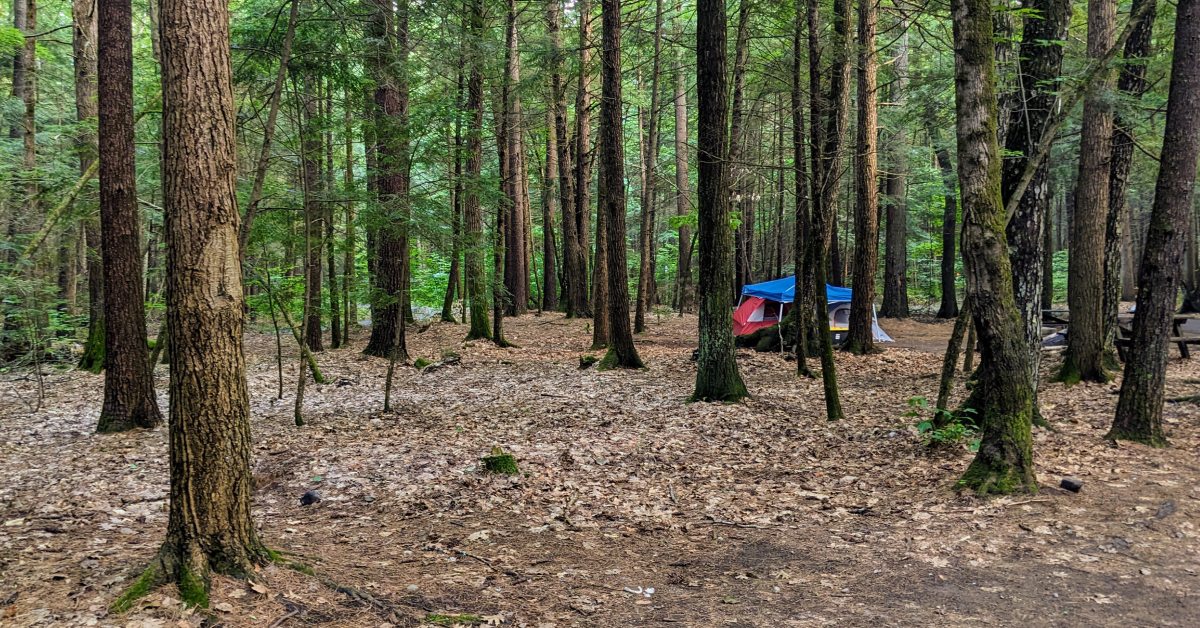
2) Travel & Camp on Durable Surfaces
Keep your travel to designated trails and stay within the width of the trail. Accidental widening of trails can not only harm vulnerable plant life, but it can also minimize vital habitat for wildlife.
If you do need to go off trail, perhaps for bathroom privacy (more on that in a moment!), two factors influence how off-trail travel affects the land: durability and frequency of travel.
Rock, sand, and gravel are highly durable and can tolerate some scuffing; ice and snow is also decent for off-trail travel, assuming safety precautions are followed and the snow layer is deep enough to protect the vegetation.
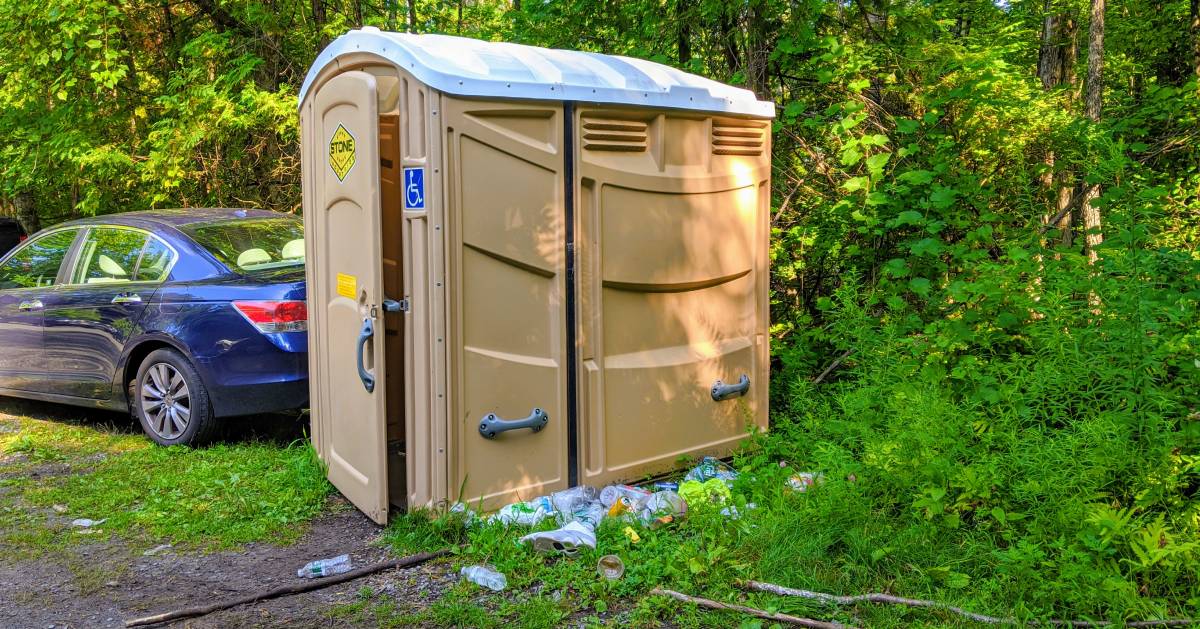
3) Dispose of Waste Properly (This Means Human & Dog Waste, Too!)
Disposing of waste properly means more than your trash (although garbage is important, and has been a problem in the Lake George region, as well). Properly disposing of human or dog waste while hiking is imperative to protecting the land and water from pollution and possible disease.
Some trailheads in the Lake George and Adirondack regions have portable toilets at the trailhead (something to research beforehand). Otherwise, you're going to need to either bury your waste or even pack it out, if you're hiking in certain, ultra-vulnerable places; there are several sanitary pack-out systems you can look into.
Cat holes are the most widely acceptable way to dispose of human waste. Dig a cat hole at least 200 feet (about 70 adult paces) from water, trails, and camp. Use a small garden trowel that you brought to dig a hole 6 to 8 inches deep, and 4 to 6 inches in diameter. It should be covered and disguised with natural materials when finished. If camping with a large group, cat holes should be far apart from each other.
Dog waste needs to be disposed of in the same way as human waste. Dog feces can contain coliform bacteria, hookworms, roundworms, tapeworms, and more that can stick around in the soil for years, and make its way into the water system.
For the rest of your trash, carry plastic bags with you to carry it out. Even "micro-trash" or organic litter, like orange peels or apple cores, can be damaging to the environment and wildlife, or can take a long time to decompose.

4) Leave What You Find (And Don't Damage Trees or Plants)
Fascinating plants. Magnificent rocks. Long sticks weathered into interesting shapes. Leave it all there!
All natural and cultural found materials, including plants, sticks, leaves, rocks, and other objects, should be left as-is. Leave areas as you found them by not digging trenches for tents or constructing a lean-to or chair for camping; "good campsites are found and not made." If you need to clear an area of rocks, twigs, or pinecones, replace them before leaving.
In addition, avoid hammering nails into trees, carving your initials or other sayings, or otherwise cutting into the tree in any way.
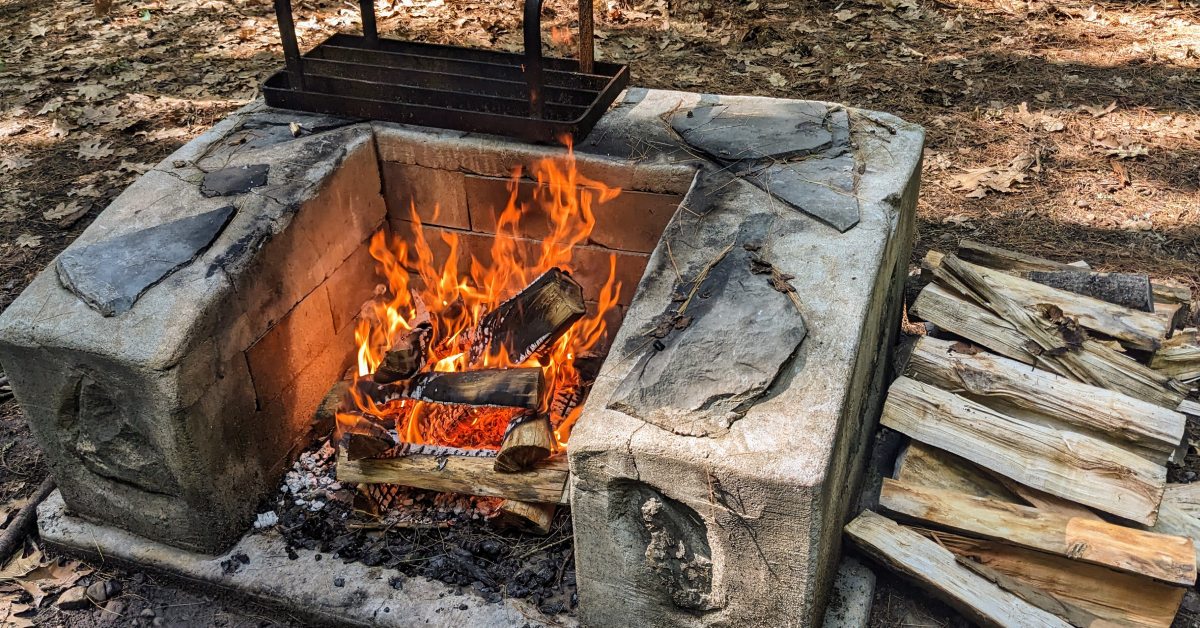
5) Minimize Campfire Impacts
One of the best ways to minimize campfire impacts is by using a lightweight, efficient camp stove instead of building a fire. They are convenient, fast, flexible, operate in nearly any weather condition, and they will not degrade the area from overuse of fires.
If you do opt to build a campfire, know the regulations for the area where you'll be camping. There is no camping at trailheads or at summits, for example. Always practice campfire safety, including properly extinguishing the fire.
Be sure to purchase firewood legally to avoid inadvertently transferring invasive species in the wood. In New York State, you must purchase firewood within 50 miles of where you'll be camping.
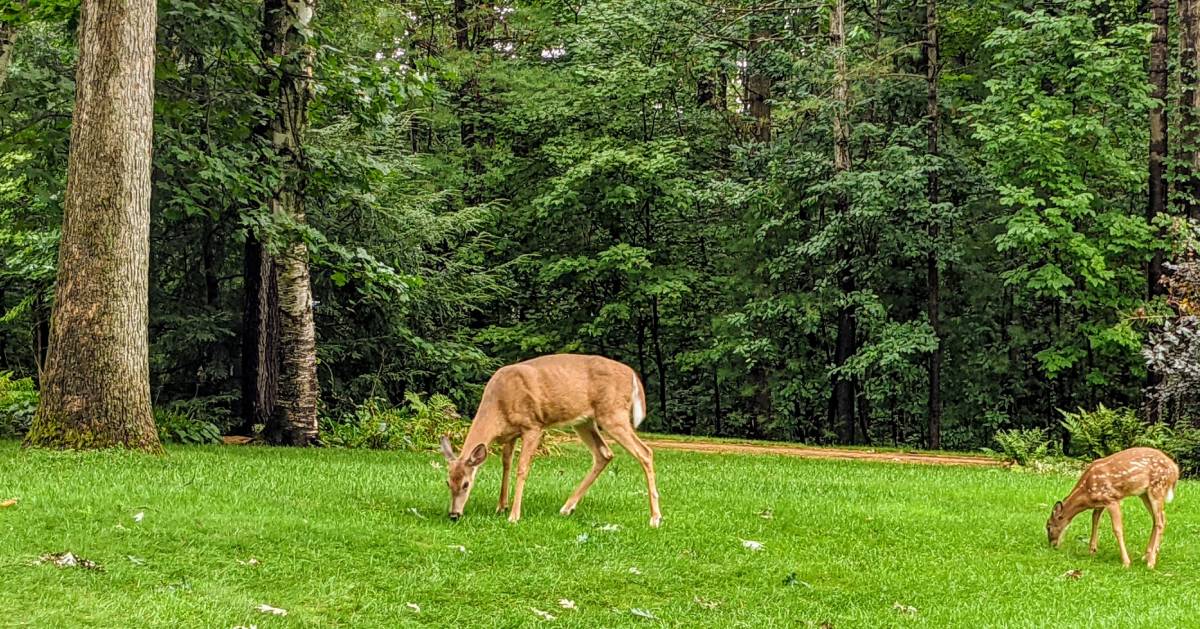
6) Respect Wildlife
Do not disturb wildlife so you can get a "better look," or capture that perfect Instagram photo. Do not pursue, feed, touch, get too close to, or force animals to flee. Give them a wide berth, observe from afar, and always store food and garbage securely if you're camping.
Quick movements and loud noises are stressful to animals - and, to people, which brings us to the last Leave No Trace principle:
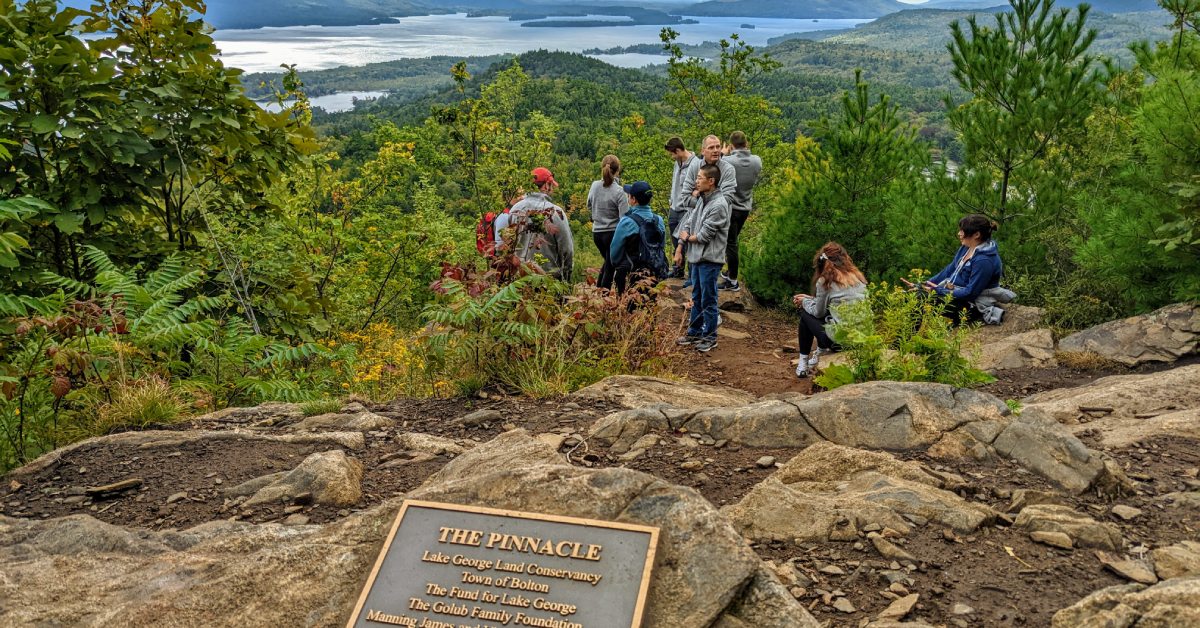
7) Be Considerate of Other Visitors
As hiking and outdoor recreation has skyrocketed in popularity thanks to the pandemic, this seventh and last principle is more important than ever. This includes avoiding excessive noise or shouting to each other on the trail or at a campsite, and generally being considerate of others.
It's important to bear in mind to be respectful of other outdoor recreationists who may not be engaging in the same activities as you. For instance, you may be snowshoeing or cross-country skiing, and need to move aside for a snowmobiler on a shared trail.
Keep in mind how you and your group could be having an impact on others around you. Many people come out to nature to experience quiet and solitude.

Leave No Trace Center for Outdoor Ethics: The Organization Behind the Principles
The seven principles of Leave No Trace were established by the Leave No Trace Center for Outdoor Ethics, and they are not static, set-in-stone rules.
They are constantly being reevaluated and upgraded as needed, to keep up to date with the latest insights from land managers and other professionals and leaders in outdoor education.